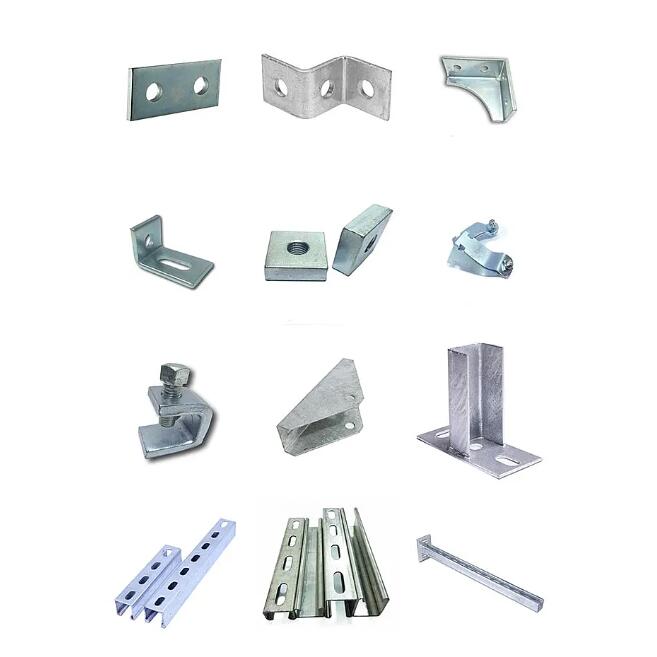Mastering Tolerances: A Deep Dive into Precision in Steel Metal Stamping
2024-03-13
Steel metal stamping is a versatile manufacturing process widely used across industries to produce components with intricate geometries and tight tolerances. Tolerances play a crucial role in ensuring the dimensional accuracy, functionality, and performance of stamped steel components. In this blog, we'll explore the typical tolerances achieved in steel metal stamping, highlighting the factors influencing tolerance levels, the importance of precision, and the impact on various applications.
What are Tolerances?
Tolerances refer to the permissible deviation from a specified dimension or measurement, indicating the acceptable range of variation in a manufactured part's size, shape, or position. In steel metal stamping, tolerances are expressed as a range of allowable deviations from nominal dimensions and are critical for ensuring parts fit, function, and perform as intended.
Factors Influencing Tolerance Levels:
Several factors influence the tolerance levels achievable in steel metal stamping, including:
1. Material Properties: The choice of steel grade, thickness, and material properties such as ductility, hardness, and springback characteristics affect the achievable tolerances in metal stamping processes.
2. Tooling and Equipment: The precision and condition of stamping dies, presses, and auxiliary equipment impact the repeatability and accuracy of stamped components. Advanced tooling technologies and maintenance practices contribute to tighter tolerances.
3. Process Control: Strict process controls, including material handling, feed rates, press speed, and lubrication, play a crucial role in maintaining consistency and minimizing dimensional variations during metal stamping operations.
4. Die Design and Optimization: The design, geometry, and material of stamping dies influence the dimensional accuracy and repeatability of stamped components. Optimal die designs, die materials, and cooling strategies help minimize deflection, distortion, and tool wear.
5. Quality Control Measures: Rigorous in-process inspection, metrology techniques, and quality control protocols ensure adherence to specified tolerances and identify deviations early in the production process.
Typical Tolerances Achieved:
The tolerances achievable in steel metal stamping vary depending on the part geometry, complexity, size, material, and manufacturing process. However, typical tolerances for stamped steel components range from:
- Linear Dimensions: ±0.005 inches to ±0.020 inches
- Angular Dimensions: ±0.5 degrees to ±1 degree
- Hole Diameters: ±0.001 inches to ±0.005 inches
- Flatness: 0.001 inches to 0.005 inches
- Positional Tolerances: ±0.010 inches to ±0.030 inches
Importance of Precision:
Precision is paramount in steel metal stamping as it ensures the functionality, interchangeability, and assembly compatibility of stamped components. Tight tolerances enable parts to fit together seamlessly, facilitate proper functioning within assemblies, and minimize the need for secondary operations or adjustments.
Impact on Applications:
Accurate tolerances in steel metal stamping are critical for a wide range of applications across industries, including automotive, aerospace, electronics, appliances, and consumer goods. Components with precise tolerances contribute to product performance, reliability, safety, and overall customer satisfaction.
Conclusion:
In conclusion, tolerances are a fundamental aspect of steel metal stamping, influencing the dimensional accuracy, functionality, and performance of stamped components. Achieving tight tolerances requires a combination of advanced technologies, meticulous process control, and adherence to quality standards. By understanding the factors influencing tolerance levels and the importance of precision, manufacturers can produce high-quality stamped steel components that meet the stringent requirements of diverse applications and industries.



